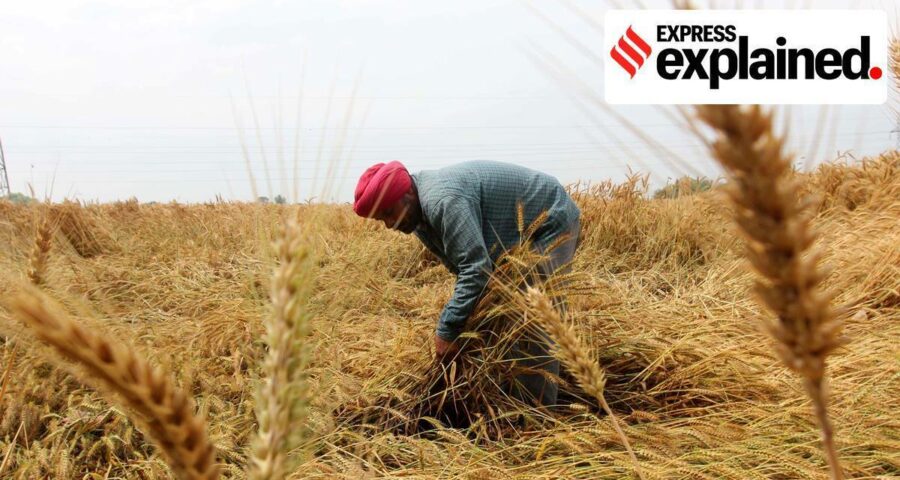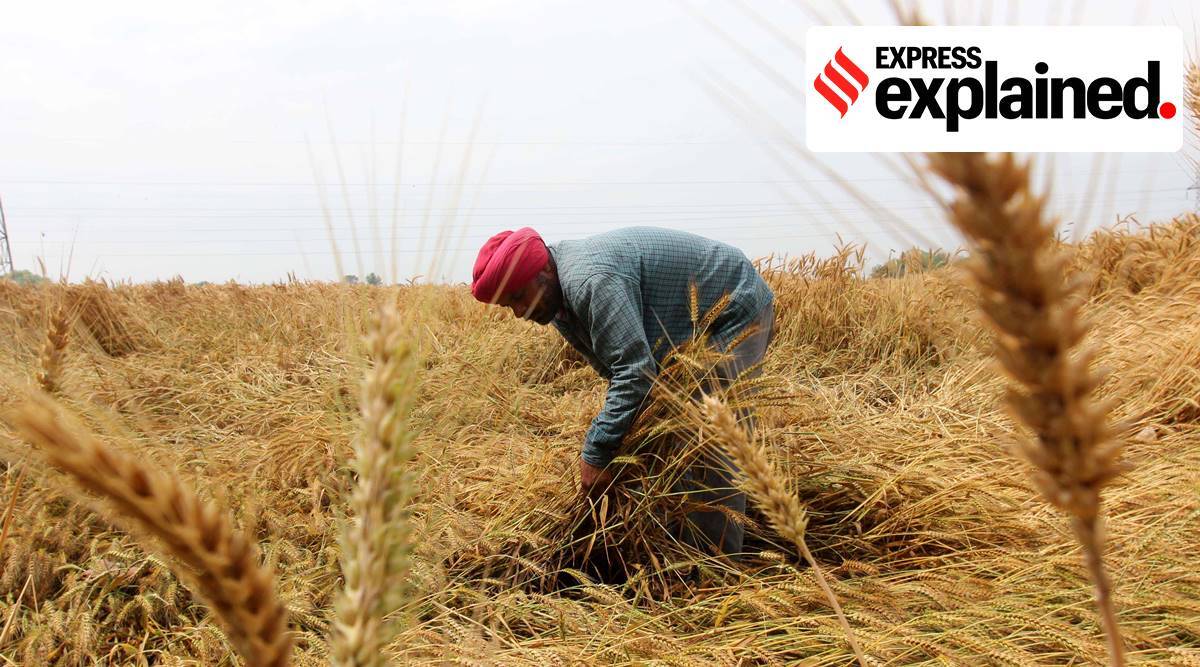🔴 According to Punjab Agriculture University (PAU), Ludhiana, there are six agro-climatic zones in Punjab which include Sub-Mountain Undulating Region, Undulating Plain Region (UPR), Central Plain Region (CPR), Western Plain Region (WPR), Western Region (WR) and Flood Plain Region (FPR).
Amid talk of MSP guarantee and Punjab’s urgent need to break away from the wheat-paddy cycle, experts feel that the state must follow cropping pattern as per its agro-climatic and soil conditions to protect the environment while increasing farmers’ income.
According to Punjab Agriculture University (PAU), Ludhiana, there are six agro-climatic zones in Punjab which include Sub-Mountain Undulating Region, Undulating Plain Region (UPR), Central Plain Region (CPR), Western Plain Region (WPR), Western Region (WR) and Flood Plain Region (FPR).
These regions have rainfall variations from 165 mm to 2000 mm annually and climate from humid to cold-arid to arid and extreme arid. The variations in soil range from hill soils, tarai, brown hill, alluvial to desert.
THE ZONES
In Zone 1 and 2, district like Pathnakot, Ropar, Mohali, Gurdaspur, and Hoshiarpur are included and in Zone 3 districts like Amritsar, Tarn Taran, Kapurthala, Jalandhar, Ludhiana, Fatehgarh Sahib, Patiala and Sangrur are included.
In Zone 4, Ferozepur, Moga, Barnala, and Faridkot are the parts while in Zone 5, Mukatsar, Fazilka, Bathinda and Mansa are included and in Zone 6, the parts of various districts along with Beas, Sutlej, Ravi, Ghaggar rivers are included which are the flood-prone.
In these zones all agro-climatic conditions, rainfall pattern, distribution, soil texture are taken into account to have a suitable cropping pattern, said experts, adding that temperatures and humidity levels are also little bit different from each other in all these zones.
WHAT THEY OFFER
In Zone 1 and 2, mostly kandi belt of the state’s five districts including Pathankot, Hoshiarpur, Nawanshahr, Ropar and Mohali, there are large sub-mountainous tracts along the Shivalik foothills. The temperatures are cold, humid to sub-humid, and semi-arid to humid and the rainfall varies between 165 mm to over 1000 mm.
The soil of these areas is suitable to grow vegetables, wheat, maize, basmati sugarcane, jowar, bajra, barley etc.
“The land in these parts is uneven and semi-hilly, with light and sandy soil that is significantly rain-fed. Growing paddy here is not suitable because it requires continuous standing water for days. That makes maize practically a default crop for farmers here,” said Agriculture Officer, Pathankot, Amrik Singh, adding that though there is quite less area of paddy in Pathankot district as compared to other districts but this can also be diversified under more suitable crops here like maize and pulses.
He further said that even district Gurdaspur was divided into three cropping patterns because of diverse climatic and geographical conditions.
Pathankot, Nawanshahr and Hoshiarpur districts grow around 75 to 80 per cent of the total maize of the state, while Hoshiarpur and Nawashahr have suitable soil for growing all citrus fruits like kinnow, mango and pear, respectively.
“In Amritsar and Gurdaspur areas, there is some area which is highly suitable for growing basmati, which used to be grown in undivided Punjab, and that basmati’s aroma is unique which cannot be found in any part of the state though we are growing basmati across the state now and getting the length, but not that aroma,” said Dr Prabhjyot Kaur Sidhu, the head of the Department for Climate Change and Agricultural Meteorology, PAU.
Similarly, pathar naakh (hard pear) is grown in some parts of Amritsar and mostly that crop goes to West Bengal where it is used in Durga Pooja, said Dr Prabhjyot Kaur Sidhu.
Doaba region’s Jalandhar, Kapurthala and part of Hoshiarpur, are best for growing seed potato because of the region’s deep sandy loam soils and also since the October-December period is relatively free of aphid attacks.
In December, the leaves of the plants are cut and the tuber remains inside the earth, which further reduces the possibility of any virus infestation from outside, said experts of the Central Potato Research Institute’s regional station at Jalandhar.
Even Kapurthala’s land is suitable for ground nut and melon crops, while sugarcane is also suitable for Jalandhar and some areas of Hoshiarpur district, which also had a great potential for growing groundnut and Sesame oilseed..
The districts like Fazilka, Faridkot, Bathinda, Moga, Farozepur are suitable for cotton growing and mustard, said experts.
Tarn Tarn Taran and Amritsar’s soil is good for vegetables, basmati, wheat crops. Ludhiana, Sangrur, Patiala, Fatehgarh Sahib have suitable land to grow wheat, rice, pulses, maize, oilseed, sugarcane, bajra etc.
The state has a flood plain region which is also called Bet area which falls across several districts including Jalandhar, Hoshiarpur, Patiala, Ropar, Sangrur, Bathinda, Ferozepur where rivers like Satluj, Beas, Ravi and Gagghar pass and this region falls in the east-west cross section of the state and it has homogenous climatic conditions, said a PAU expert, adding that farmers prefer to grow paddy here because of the huge requirement of water for this crop.
FORWARD PLAN
Dr Prabhjyot Kaur said: “Though as per the climatic conditions we have a cropping pattern for all the six regions of the state, but still the over usage of fertilisers and over exploitation of ground water for decades need for research and development work for modifying this cropping pattern further and having an ideal cropping system to help the farmers growing their incomes.
Punjab Agriculture Minister Randeep Singh Nabha said that the government wants to divide the whole state into zones according to the soil fertility and the respective suitable produce and for that a vision document is being prepared which will be adopted in the state to bring good reforms in the agriculture sector of the state.
Source: Read Full Article


